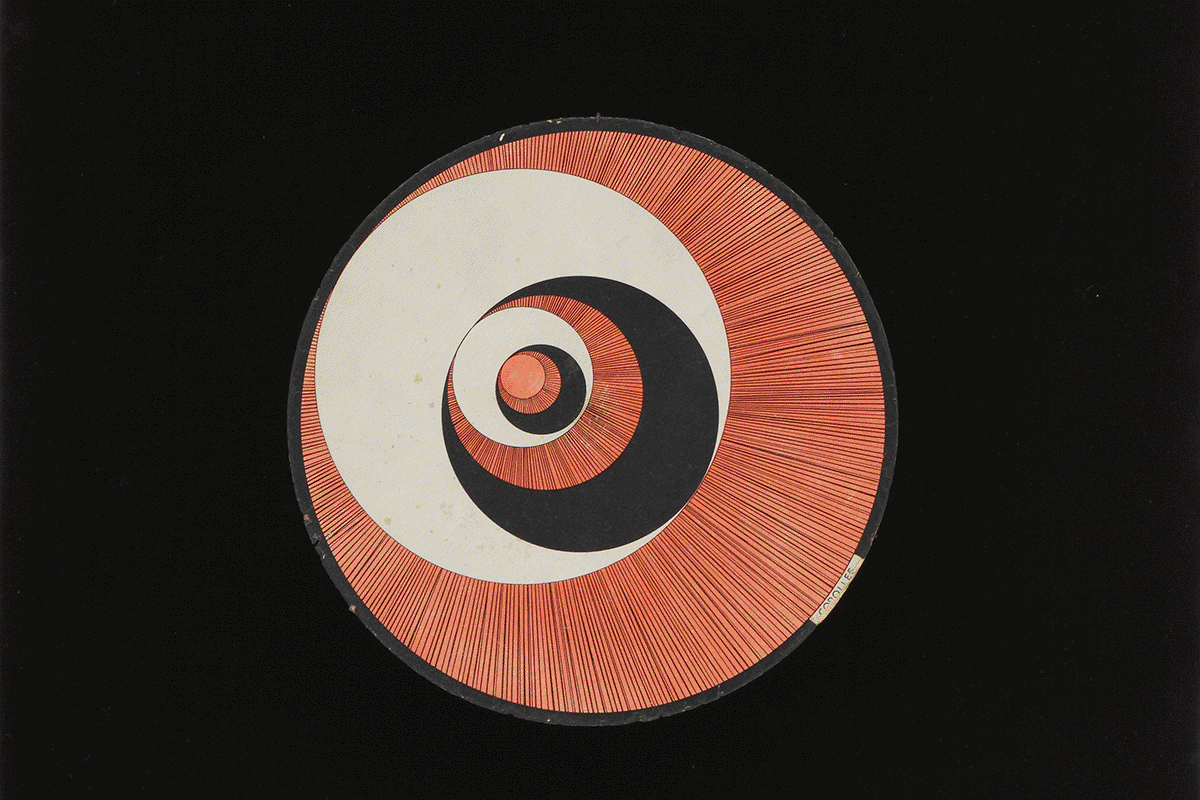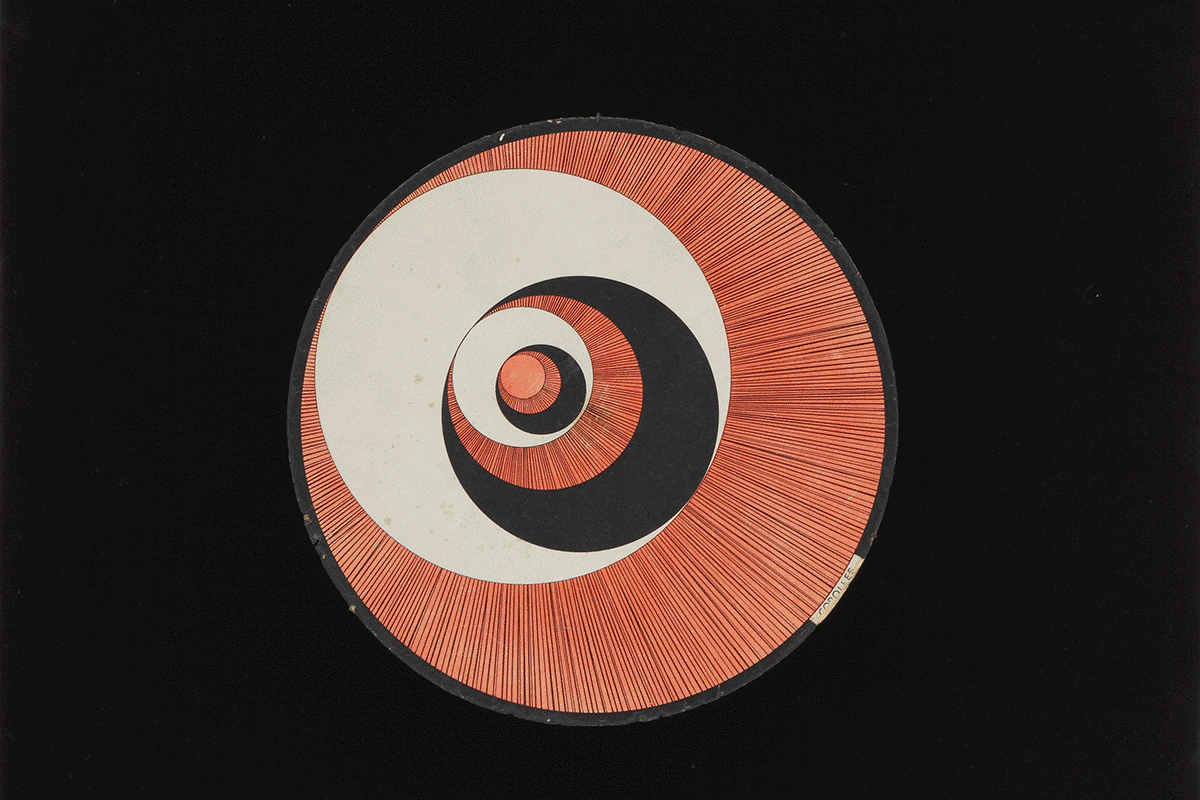February 7–April 19, 2020
1 Brookings Dr
St. Louis, MO 63130
USA
Hours: Wednesday–Monday 11am–5pm
T +1 314 935 4523
kemperartmuseum@wustl.edu
Multiplied: Edition MAT and the Transformable Work of Art, 1959–1965 examines the rise of multiples (three-dimensional art objects issued in editions) and the concurrent surge of interest in kinetic art in the post–World War II era. The multiple emerged as an international phenomenon in the 1960s and 1970s, serving as both art object and vehicle for democratizing art through ready distribution. Keyed to an economic and cultural context of mass production, consumption, and disposability, the multiple delineated a strategic position for artists grappling with the shifting socioeconomic conditions of a rapidly expanding consumer culture in Western Europe and the United States.
This exhibition explores the pioneering role played by Edition MAT (multiplication d’art transformable), the first series of multiples to find broad participation and distribution in the postwar period. The Romanian-born Swiss artist Daniel Spoerri (b. 1930) established Edition MAT in Paris in 1959, soliciting artworks from a range of artists and then marketing and selling them through exhibitions across Europe. Works by this international and cross-generational group reflect the variety of experimental avant-garde practices of the time, including kinetic and Op art, Nouveau Réalisme, Nouvelle Tendance, Zero, Fluxus, and Pop art. Artists represented include Josef Albers, George Brecht, Marcel Duchamp, Julio Le Parc, Roy Lichtenstein, Heinz Mack, Dieter Roth, Jesús Rafael Soto, Jean Tinguely, and Victor Vasarely.
Spoerri’s aim was to broaden the notion of art and its role in society by producing small-scaled, reasonably priced multiples that encouraged viewer participation through touch or optical vibration. Not only were the works of art multiplied in the sense that they were produced in editions of one hundred, but they also embodied multiplicity in that they could continually take on new forms. Marcel Duchamp’s Rotoreliefs spin to create a hypnotic illusion of spatial recession and projection; Jean Tinguely’s motor-driven constructions shake so rapidly that their forms appear to dissolve; and the pages of Dieter Roth’s unbound, hand-cut books were designed to be reshuffled by the viewer, producing an ever-changing array of compositions. Together these transformable art objects offered rich encounters, from playful enjoyment to creative engagement and even disorientation.
Multiplied brings together for the first time in the United States the entirety of all three collections of Edition MAT, which were released in 1959, 1964, and 1965. Arranged in three chronological sections, the exhibition follows the distinct phases of Edition MAT, from its inception as a pioneering artistic concept driven by anti-elitist aspirations to a market strategy. Throughout, the suspended position of the multiple―between artwork and commodity, singularity and series, object and participatory experience―is explored as a productive device for Spoerri and his cadre of colleagues to recalibrate the artist–object–viewer relationship.
Multiplied is curated by Meredith Malone, associate curator. The exhibition will travel to the Bechtler Museum of Modern Art in Charlotte, North Carolina, where it will be on view May 22–September 13, 2020.
Exhibition catalog
The accompanying catalog examines Edition MAT within the social and cultural context of the late 1950s and early 1960s, offering a vital look at the international constellation of some of the most prominent kinetic practitioners working in the postwar era and their varied aesthetic agendas. Illustrated with more than 100 images, the publication is designed by Purtill Family Business, Los Angeles, is copublished with Hirmer, and is nationally and internationally distributed by the University of Chicago Press and Hirmer.
Exhibition support
Lead support for the exhibition was provided by the William T. Kemper Foundation. Additional generous support was provided by the Andy Warhol Foundation for the Visual Arts, the Hortense Lewin Art Fund, the National Endowment for the Arts, the Swiss Arts Council Pro Helvetia, Emily and Teddy Greenspan, Elissa and Paul Cahn, Nancy and Ken Kranzberg, the David Woods Kemper Memorial Foundation, and members of the Mildred Lane Kemper Art Museum. Lead support for the exhibition catalog was provided by the Carl & Marilynn Thoma Foundation.
*Images above: (1) Marcel Duchamp, Rotoreliefs, 1935/1953/1959. 12 offset lithographs on 6 cardboard disks, velvet-covered board, and electric motor, 30/100, 15 3/4 × 15 3/4 × 4 1/8 inches overall; disks: 7 7/8 inches diameter. Published by Edition MAT, Paris. Kunstmuseen Krefeld, Germany. © Association Marcel Duchamp / ADAGP, Paris / Artists Rights Society (ARS), New York, 2019. Photo © Kunstmuseen Krefeld–Volker Döhne–ARTOTHEK. (2) Victor Vasarely, Markab, 1956/1959. Screen print on paper in painted wood box with corrugated glass, 6/100, 21 5/16 × 27 1/16 × 3 3/4 inches. Published by Edition MAT, Paris. Kunstmuseen Krefeld, Germany. © 2019 Artists Rights Society (ARS), New York / ADAGP, Paris. Photo © Kunstmuseen Krefeld–Volker Döhne–ARTOTHEK. (3) Dieter Roth, Book AA, 1960. 18 card stock sheets in a box, 23/100, sheets: 15 1/8 × 15 1/8 inches each. Published by Edition MAT, Paris. Kunstmuseen Krefeld, Germany. © 2019 Estate of Dieter Roth, courtesy of Hauser & Wirth. Photo © Kunstmuseen Krefeld–Volker Döhne–ARTOTHEK. (4) Bruno Munari, Struttura continua (Continuous structure), 1958/1960. Aluminum, 4/100, 16 parts, 3 1/8 x 3 1/8 x 3 1/8 inches each. Published by Edition MAT, Paris. Kunstmuseen Krefeld, Germany. Photo © Kunstmuseen Krefeld–Volker Döhne–ARTOTHEK.


